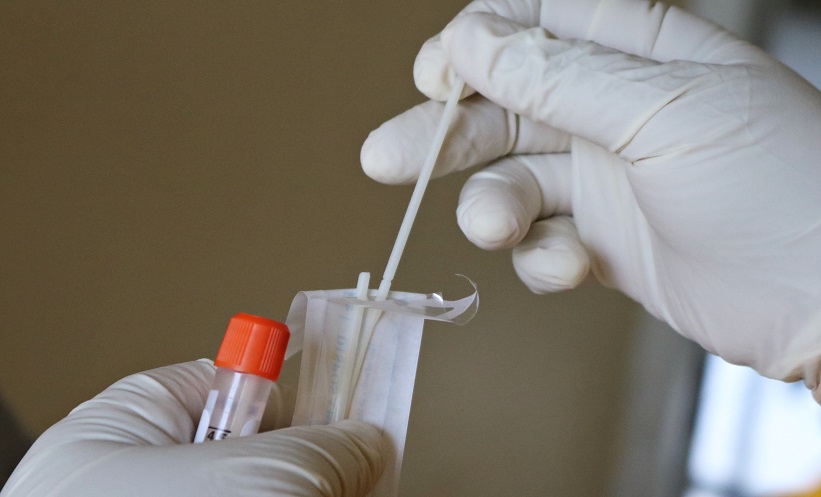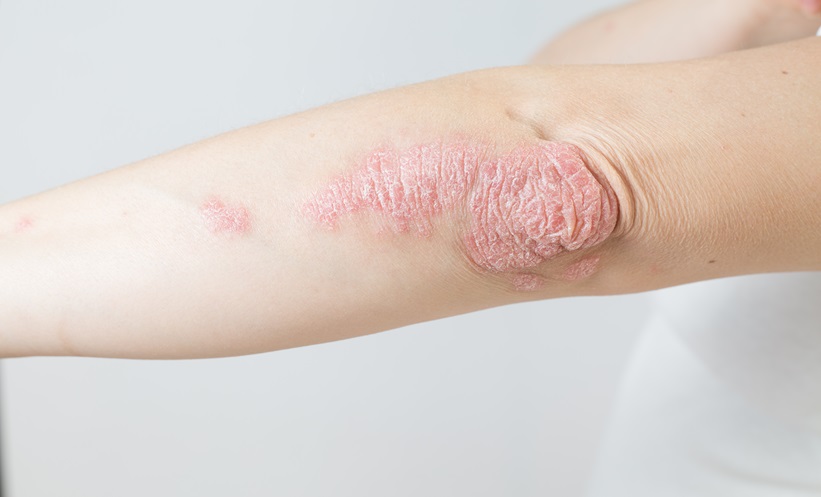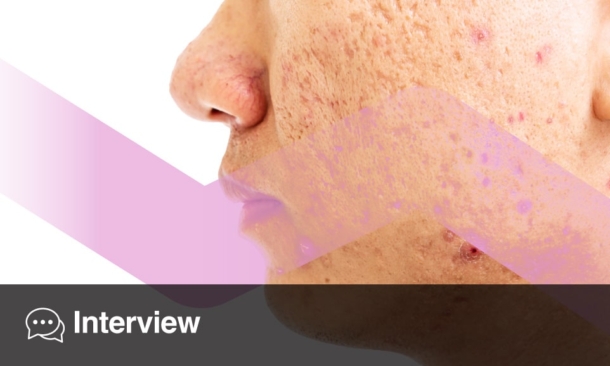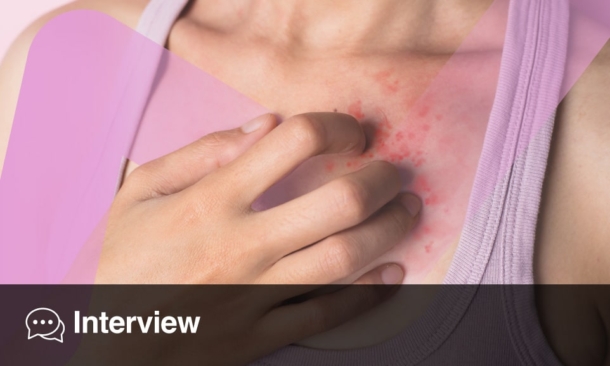MASS testing for coronavirus disease (COVID-19) has been identified by the World Health Organization (WHO) and many governments as a key strategy to contain outbreaks and minimise hospitalisations. Currently, the most widely used approach to detect viral RNA requires PCR testing. Despite being highly selective for COVID-19 and easily deployable, PCR approaches suffer from a substantial proportion of false negative events.
In order to overcome these limitations, researchers from the University of Surrey, Guildford, UK, devised a technique that relies on noninvasive sebum sampling to support diagnosis and investigate the impact of COVID-19 on the host metabolism. Samples were obtained by swabbing areas of the skin rich in sebum, such as the back, face, and neck.
Co-author Dr Melanie Bailey, University of Surrey, highlighted the clinical relevance of the pilot study: “Unfortunately, the spectre of future pandemics is firmly on the top of the agenda for the scientific community. Our study suggests that we may be able to use noninvasive means to test for diseases such as COVID-19 in the future, a development which I am sure will be welcomed by all.”
The study, which was conducted in collaboration with Frimley National Health Service (NHS) Trust, Frimley, UK, and the Universities of Manchester and Leicester, UK, collected sebum samples from 67 hospitalised patients (30 COVID-19-positive and 37 COVID-19-negative) via gauze swab. Samples were analysed using liquid chromatography mass spectrometry and partial least-squares discriminant analysis.
Levels of triglycerides and ceramides were shown to be depressed in patients who had tested positive for COVID-19, indicative of dyslipidaemia in the stratum corneum. Furthermore, statistical modelling revealed separation between COVID-19-positive and -negative individuals with a sensitivity and specificity of 57% and 68%, respectively.
Co-author Matt Spick summarised the key research findings: “COVID-19 damages many areas of metabolism. In this work, we show that the skin lipidome can be added to the list, which could have implications for the skin’s barrier function, as well as being a detectable symptom of the disease itself.”
Going forward, the researchers argue that sebum should be considered for clinical sampling. This is because samples can be provided rapidly and painlessly and transported with ease. Additionally, this approach would offer novel insights into the impact of COVID-19 on skin and barrier function.








